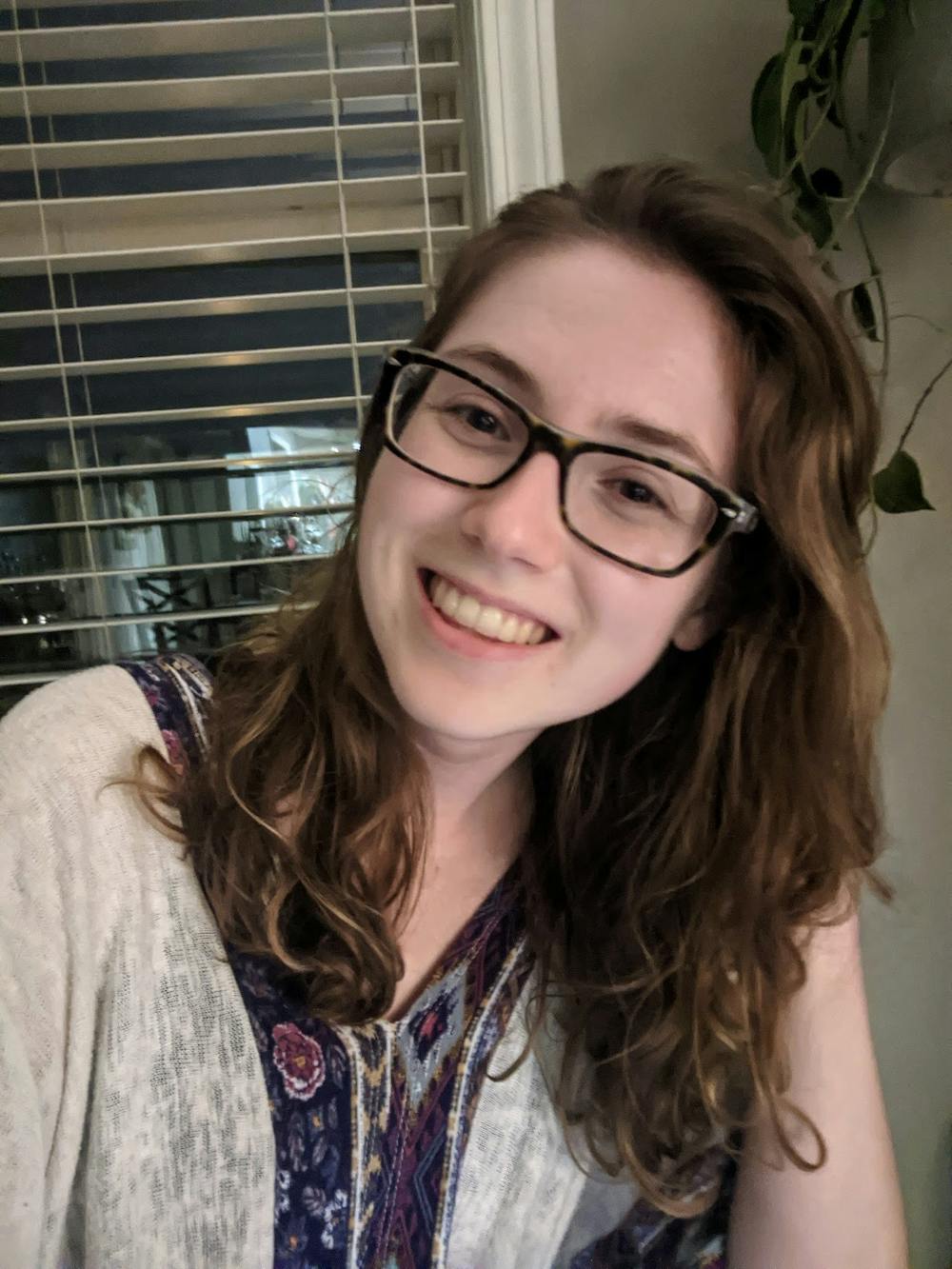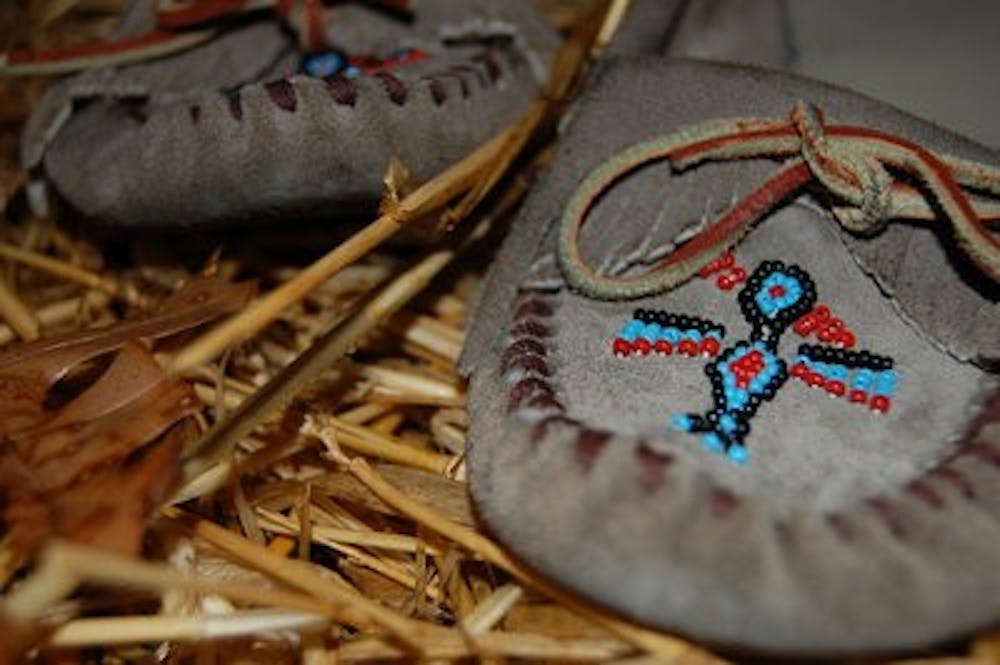Emily Fayard said she feels how her heritage navigates her life, how embracing the legacy of her ancestors has brought fulfillment.
November is National Native American Heritage Month — a time to not only celebrate Native American heritage, but learn about Native American culture.
Fayard, an Auburn Alumna, originally went to college in her hometown in Atmore, Alabama, to stay close to her tribe: the Mvskoke people, also known as the Creek people, she said. She then transferred to Auburn to finish up her degree.
When she moved from home to Auburn, Fayard said it was a big shift.
“It’s kind of like living in two worlds at once, is the best way I can describe it,” Fayard said.
Fayard said she wanted to get an organization on campus for Native American students, but the building of such an organization was difficult. She said it is on standstill, but she hopes something will develop.
Currently, Fayard is Miss Indian Alabama 2019, which is a scholarship competition held every year in November. The competition is open to women ages 17 to 23 and women who have a tribal affiliation and are enrolled in an Alabama school.
As part of the competition, each woman wears her tribe’s traditional regalia.
“Each tribe across the country has their own specific regalia,” Fayard said. “It’s different to every culture and there are some similarities across some tribes, but each tribe has their own unique set.”
Fayard said it’s a common misconception that Native Americans are people of the past and not around today — but there are over 6 million Native Americans living in the U.S., according to the 2018 census.
“We may not look like what people think we are supposed to look like, but we’re still here,” Fayard said.
Cheyanne Blevins, a junior in visual media studies, said she grew up in Alabama, but her tribe, Oglala Lakota, is in South Dakota.
“As I got older and became more aware of my culture and my background, I started to dig more into the way that my ancestors lived,” Blevins said.
She said she found it was a culture that was misunderstood. Native American culture is diverse and peaceful, she said.
“I feel like from an early age we grow up with this stigma of what a Native American is,” Blevins said.
All her life, there were stereotypes about what it meant to be a Native American.
“You see the little Indian wearing the headdress and the feathers. Even in school, you make the little headbands and there’s the cowboys and Indians. It’s what we are taught, but there’s so much of this deep rich culture that’s overlooked.”
Alex Colvin, public programs curator for the Alabama Department of Archives and History, said when we picture a Native American, it’s usually the Plains Indians because of the influence of Western movies, but that’s not representative of all Native Americans.
Colvin said a common stereotype is the teepee. While the Plains Indians did have teepees because it helped with their nomadic lifestyles, the Creek Indians, descendants of the Mississippians, did not have teepees and lived in permanent residences, Colvin said.
Colvin said the Creeks are a federally recognized tribe in Alabama.
There are in fact eight state-recognized tribes in Alabama, she said.
The Creeks have a strong attachment to their town and to their family because it’s a part of their identity, Colvin said.
Their families were based on a clan system that was formed early in their history, Colvin said.
“Long ago, before they were even the Mississippians, they traveled this land, and they traveled as families,” Colvin said. “A fog came across and they couldn’t see each other, but they held on to each other. One day, the fog blew away, and they named their family after the first thing they saw.”
That’s why there’s the bear clan, the wolf clan, the wind clan and many others, she said.
Fayard, Blevins and Colvin encourage people to remember how National Native American Heritage Month is a time to research and better understand the tribes in one’s region.
It’s a time, she said, to honor one’s past.
Fayard said her tribe host a powwow in Atmore, Alabama, on Thanksgiving and the day after Thanksgiving.
“It is open to anyone who wants to experience our culture,” Fayard said.
Do you like this story? The Plainsman doesn't accept money from tuition or student fees, and we don't charge a subscription fee. But you can donate to support The Plainsman.

Abigail Murphy, senior in journalism with minors in history and women and gender studies, is the operations managing editor at The Auburn Plainsman.





